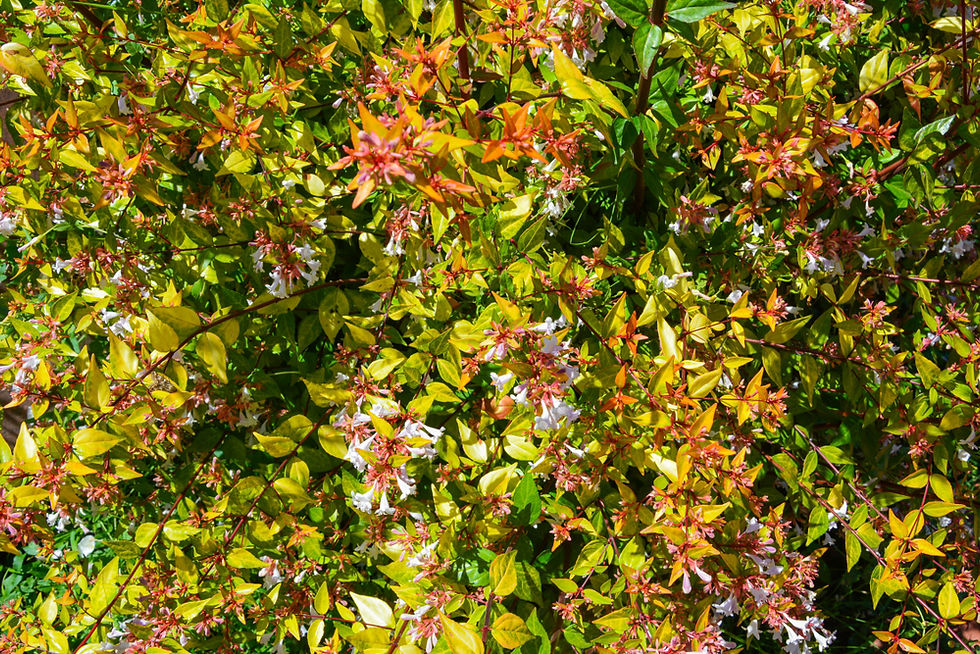A Complete Guide to Planting Trees, Shrubs, and Woody Climbers
- Ross Jones
- Mar 4
- 2 min read
Planting trees, shrubs, and woody climbers requires more than just putting a plant in the ground - it depends on good ground preparation, correct planting techniques, and consistent aftercare.

Whether you’re planting for aesthetics, biodiversity, or environmental benefits, following best practices ensures that your trees and shrubs thrive for years to come.
For most woody plants, the ideal planting season is October to March when they are dormant. However, container-grown plants can be planted at any time of year, provided they receive adequate watering during dry spells.
Ground Preparation
Proper preparation of the planting area is key to giving your new tree or shrub the best possible start. Begin by choosing a suitable location, considering sunlight, soil type, drainage, and available space for growth. Avoid areas with compacted soil or poor drainage.
Remove large stones, stumps, debris, turf, and perennial weeds that could compete with the young plant for nutrients and water and, if necessary, enrich the soil with organic matter such as compost or well-rotted manure. Avoid excessive fertilisation at this stage, as it can encourage weak, excessive growth.
Once the site is prepared, follow these best practices for planting:
Dig a hole that is the same depth as the root ball but twice as wide to allow for root expansion. Avoid planting too deeply, as this is a common mistake that can suffocate the roots and lead to poor growth.
Place the tree or shrub in the hole, ensuring the root flare (where the trunk widens at the base) is level with the surrounding soil. Fill the hole with soil, firming it gently around the roots to remove air pockets. Avoid compacting the soil too much, as this can hinder root growth.
If staking is required, insert a sturdy stake into the ground before backfilling to avoid root damage. Then, secure the tree with a tree tie positioned at one-third of the overall height. This allows some movement while preventing swaying.
Apply an organic mulch (such as shredded bark or wood chips) around the base of the plant. The mulch should cover at least a one-metre diameter and be 5 to 10 cm deep. Avoid direct contact between the mulch and the trunk, as this can trap moisture against the bark, leading to disease and decay.
Aftercare and Maintenance
Once planted, trees and shrubs require ongoing care to ensure they establish a strong root system.
During dry period of weather, provide a deep soak rather than frequent light watering to encourage roots to grow deeper and replenish the mulch layer as needed to retain moisture and suppress weeds.
Regularly inspect supports to ensure they are not too tight. Adjust as the plant grows and remove them completely once the root system is well-established (usually after two years). It’s paramount to keep an eye on growth patterns and health, pruning if necessary to maintain shape and structure.
By following these steps, you’ll give your trees and shrubs the best chance to thrive but for additional guidance on tree selection, planting locations, and long-term care, visit the Arboricultural Association website at www.trees.org.uk.





Comments